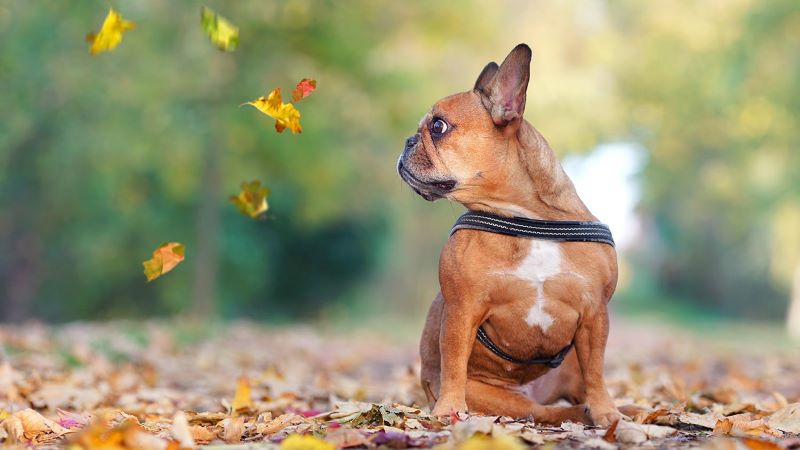Sometimes my dog’s incessant licking of her paws is enough to drive me up the wall! At first I was convinced she had something imbedded in her paw that she was trying to “lick” out, but now I have come to terms with the real problem at hand...or should I say paw. Allergies! Duh! She always licks her paws until they are sopping wet at the start of the fall season. There must be some correlation. Our other golden retriever did not seem to struggle the way Hattie does, so I had no idea what was going on, until I did some digging.
Pet allergies
Turns out there’s an allergy known as atopy, which is the most common form of allergy in cats and dogs and is often seasonal. A pet that is allergic to ragweed may show symptoms in the fall. Spring tree pollen causes allergic reactions in April and May. In winter, when more time is spent inside, a pet who is allergic to dust mites might struggle with symptoms of allergies.
Symptoms of pet allergies
So, this fall, we are dealing with all the lovely symptoms that accompany the shaking up of the environment that is the change in seasons. Dead and decaying plant life, dryness, and cooler temperatures combine to become a breeding ground for itchiness, inflammation, and hot spots, if left untreated.
What do fall allergies look like? If your pet has any of the following...
- chewing paws
- licking flank and/or groin
- rubbing face
- inflamed ears/recurrent ear infections
- nasal/eye discharge
- hot spots
- sneezing and/or coughing
- asthma-like wheezing
...he may be suffering from seasonal allergies. But take heart, there are things you can do to ease his discomfort, and many of them do not require a trip to the doctor. Yay!
How to relieve pet allergies
Here are some tips from Patrick Mahaney, VMD, to try…
- Vacuum often, at least every 7 days.
- Keep your windows closed.
- Change the filters on your heating and cooling systems when recommended.
- Bathe your pets every 7-30 days.
- Use an OTC eye irrigating solution to rinse eyes as needed.
- Provide a healthy diet--human-grade protein, veggies/fruit, fat, and fiber, no fillers.
- Maintain your pet’s weight by monitoring his diet and exercise.
- Make and keep regular vet appointments.
And I’d like to add that for pets with recurrent ear infections, we have found success when using an ear flush regularly in our Golden’s ears. It works wonderfully to maintain her ear health and prevent ear infections from occurring.
Try these holistic approaches to stave off your pet’s symptoms of fall allergies this year. At the very least, you’ll have a dust-free house, and clean and healthy pets!

